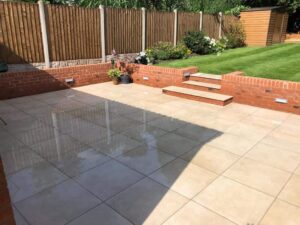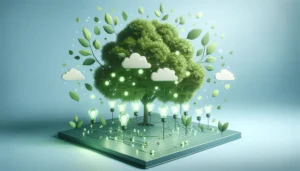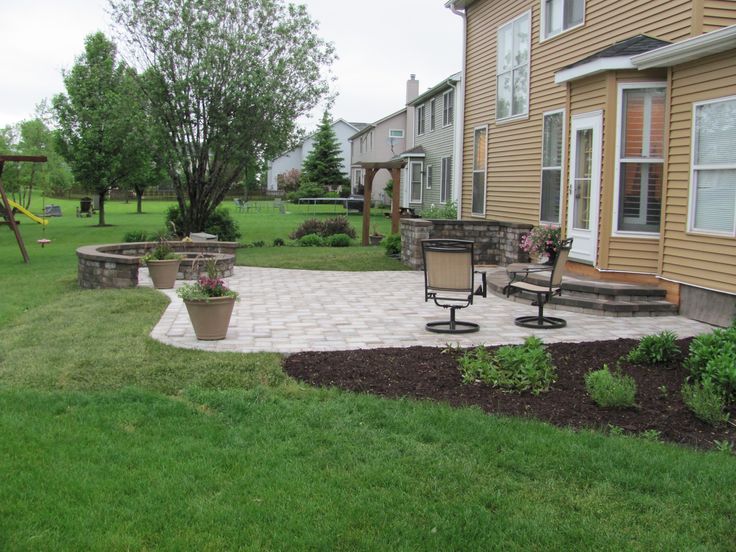Hardscaping is one of the most transformative ways to enhance the beauty and functionality of your outdoor space. From retaining walls that can handle significant soil pressure to stunning stone pathways, the right hardscaping features can elevate your landscape design. Whether you’re looking to build a backyard retreat, create better drainage, or simply add some aesthetic appeal, understanding the nuances of hardscaping will ensure you get the most out of your investment. In this guide, we’ll explore the essential elements of hardscaping and how they can work together to improve your outdoor living experience.
The Art of Hardscaping: A Balance of Function and Aesthetics

Hardscaping isn’t just about laying down bricks and stones; it’s about creating a harmonious blend of function and beauty. The most successful outdoor spaces marry these two elements seamlessly, ensuring that every feature serves a purpose while contributing to the overall look and feel of the area. The first step in any hardscaping project is determining what you want to achieve. Do you need to control erosion, improve drainage, or create outdoor living spaces that serve as an extension of your home? Once you identify your goals, you can choose materials and designs that help you meet them.
Retaining Walls: Building for Stability and Beauty
When you need to manage steep slopes or prevent soil erosion, retaining walls are essential. These structures are designed to handle significant soil pressure, ensuring the land stays in place. But retaining walls don’t just have to be practical; they can also be visually striking. Materials like natural stone, concrete blocks, or timber can all be used to craft walls that add texture and depth to your landscape. In fact, retaining walls can even be used to create multi-level terraces, turning a challenging slope into an opportunity for aesthetic enhancement.
Benefits of Retaining Walls:
- Prevent erosion and protect your landscape.
- Maximize the use of sloped areas by creating terraces.
- Add visual interest and dimension to your yard.
- Provide a durable, long-lasting solution for soil stability.
With the right materials, retaining walls can act as both a safety feature and a design focal point in your yard.
Pathways and Patios: Designing for Flow and Function
Creating clear, well-defined pathways not only improves the flow of your outdoor space but also enhances its usability. Whether you’re envisioning a simple garden path or a larger patio area for entertaining, the materials you choose can transform the space. Stone, brick, and concrete are the most common materials used for hardscaped paths and patios, and each offers its own set of advantages.
Building Pathways: Practicality Meets Beauty
When designing a pathway, it’s important to think about both function and form. A pathway should be easy to walk on, safe, and visually appealing. Whether you opt for a winding, organic shape or a more structured, straight path, the material you choose will impact the overall look and feel of your yard. Consider using natural flagstone for a rustic, organic look, or interlocking pavers for a more uniform, modern design.
Tips for Pathway Design:
- Choose materials that complement your home’s exterior.
- Ensure the pathway is wide enough for foot traffic and accessibility.
- Incorporate curves and natural shapes for a more dynamic design.
- Add lighting along pathways to create a safe and inviting atmosphere at night.
Patios: The Heart of Outdoor Living
Patios are where many of the best outdoor memories are made, whether it’s hosting a summer BBQ or relaxing with family. A well-designed patio offers a solid foundation for furniture, outdoor kitchens, and more. When planning your patio, consider how it will be used. For example, a cozy seating area may require fewer square feet than a large entertainment space, and the choice of material should reflect the intended use. Flagstone and stamped concrete are popular for their durability and aesthetic appeal.
Patio Ideas:
- Opt for large, slab-like stones for a sleek, modern look.
- Add a fire pit or water feature to create a focal point.
- Use contrasting colors or textures to define different sections of the patio.
- Incorporate plenty of greenery around the patio to soften the look and enhance the natural feel.
Functional Features: Enhancing Durability and Drainage
While aesthetics play an important role in hardscaping, practicality should never be overlooked. Features such as drainage solutions and durable materials are key to ensuring your outdoor space stands the test of time and the elements. Proper drainage is particularly important if you have a yard prone to water accumulation. Without proper drainage, water can erode soil, damage plants, and even cause structural damage to hardscaping features like retaining walls.
Drainage Solutions: Protect Your Hardscaping Investment
Incorporating effective drainage systems into your hardscaping project can save you money and headaches in the long run. Drainage solutions like French drains, surface drains, or gravel channels can help redirect water away from key areas, preventing pooling and erosion. When planning your landscape, be sure to consider the natural flow of water and design your hardscaping to guide water away from structures and sensitive areas.
Effective Drainage Tips:
- Evaluate your yard’s natural water flow before beginning any hardscaping project.
- Use permeable materials like gravel or porous pavers for better water absorption.
- Install proper downspouts or gutters to divert rainwater away from foundations and structures.
- Regularly maintain drainage systems to ensure they remain functional.
By addressing drainage early in the design process, you can avoid issues that might arise over time.
Sustainable Choices in Hardscaping: Eco-Friendly Materials and Practices

Sustainability is an increasingly important consideration for homeowners when it comes to hardscaping. Eco-friendly materials and methods can help reduce the environmental impact of your outdoor projects while still delivering beautiful, functional results. From using recycled materials to choosing low-maintenance designs, sustainable hardscaping choices allow you to create a beautiful outdoor environment without harming the planet.
Eco-Friendly Hardscaping Materials
Some sustainable material choices for hardscaping include recycled brick, reclaimed wood, and permeable pavers. These materials reduce the need for new resources, decrease landfill waste, and allow rainwater to filter back into the ground. Additionally, native plants and drought-tolerant landscaping can complement your hardscaping choices, creating a low-maintenance, eco-friendly outdoor space.
Sustainable Hardscaping Practices:
- Choose locally sourced materials to minimize carbon footprints.
- Use permeable surfaces that allow water to penetrate the soil.
- Opt for energy-efficient lighting to illuminate pathways and patios.
By selecting eco-conscious materials and techniques, you can create an outdoor space that is both stunning and sustainable.
Hardscaping is a powerful tool for transforming your outdoor space into something truly special. Whether you’re looking to add functionality with retaining walls, create stunning pathways, or enhance your outdoor living area with a new patio, the possibilities are endless. With careful planning, the right materials, and a touch of creativity, you can create an outdoor oasis that reflects your style and meets your practical needs.
As you embark on your hardscaping journey, remember that every project is unique, and thoughtful design is key to ensuring long-term success. Start small, consider your goals, and build from there – your dream outdoor space awaits.
Also Read: Cleaning Smarter: 5 Common Mistakes to Avoid for a Truly Spotless Home.
